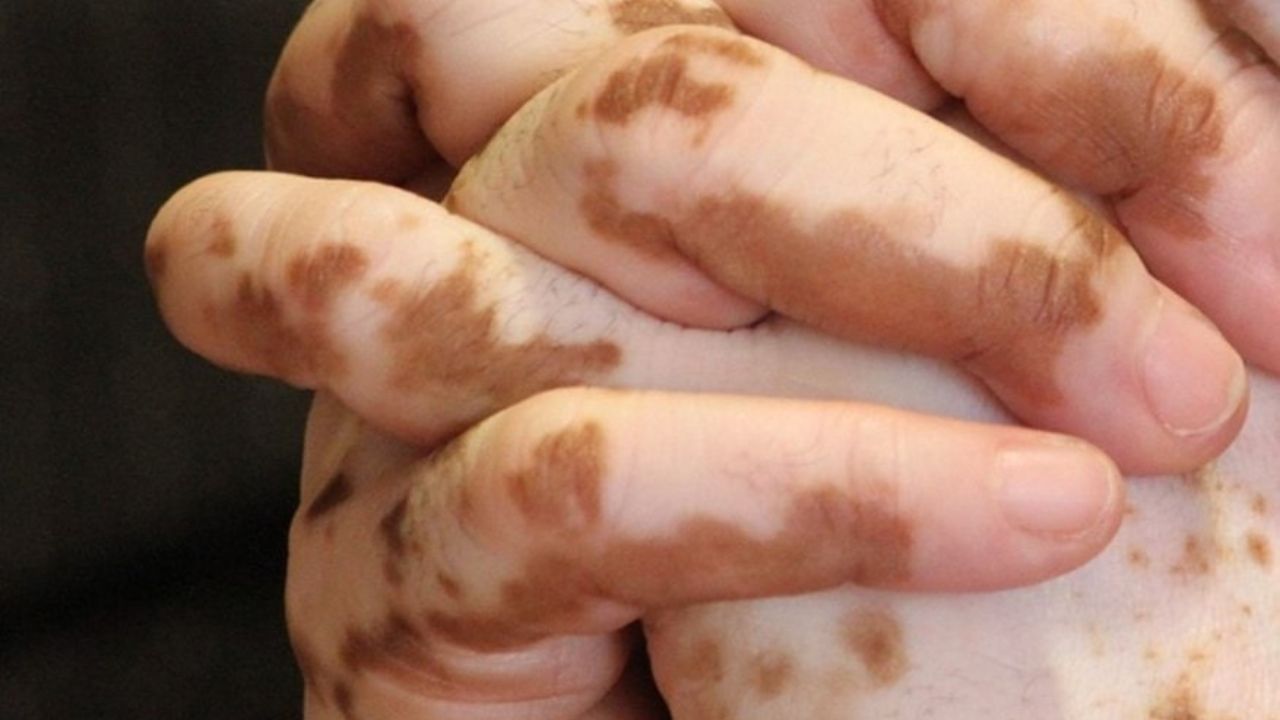Vitiligo Vulgaris (Generalized Vitiligo)
Vitiligo may afflict people of all ethnicities and skin types, according to specialists. It’s an autoimmune illness that causes it. Melanocytes are specialized skin cells that create melanin, the pigment responsible for the color of your skin and hair. Immune cells attack your melanocytes in vitiligo, preventing them from producing melanin. This causes the skin to become white and lose its natural color.”
Symptoms:
2. It may begin to appear on your scalp. The lack of melanin causes the skin to become grey or white, and the affected area’s hair to become grey or white as well.
3. Depigmented skin patches usually appear as pale and white spots. This is most common on parts of the body that are exposed to the sun. The hands, wrists, and face are the most commonly affected areas.
4. The patch’s edge can be smooth or rough, occasionally inflamed, or discolored reddish/brownish.
5. It may produce minor irritation to the skin when exposed to the sun, but generally, these patches are painless and do not cause itching.

 हिंदी
हिंदी






